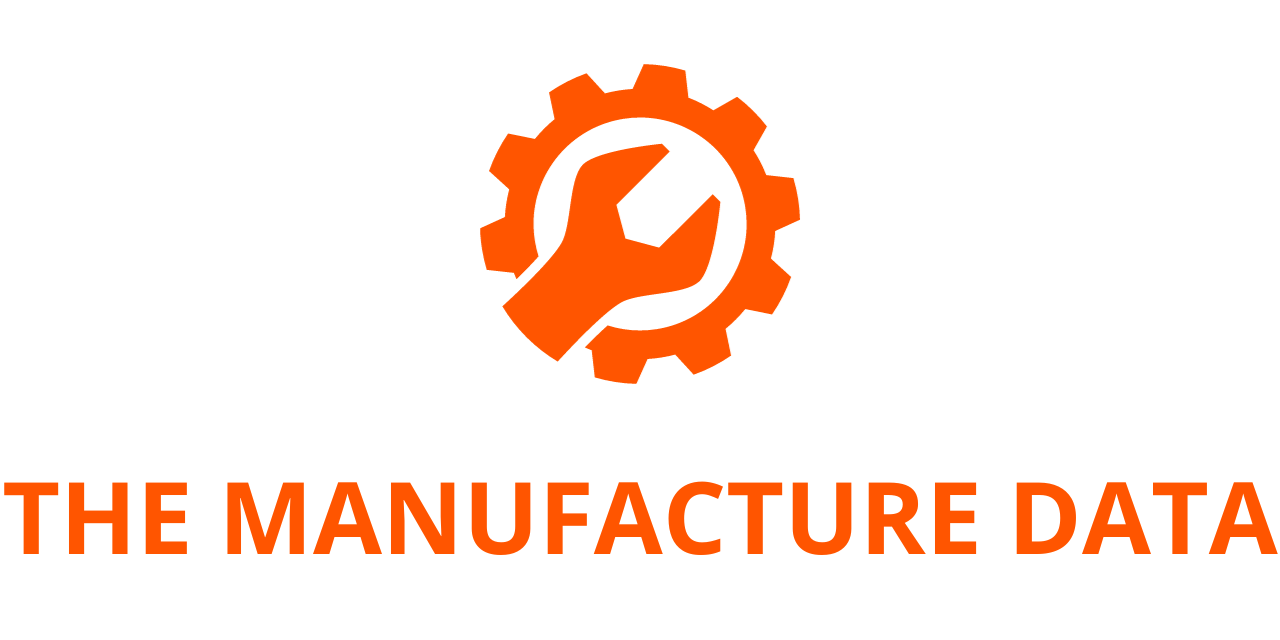
Axis Communications Unveils Groundbreaking Research on the Role of AI in Video Surveillance
Axis Communications, a global leader in video surveillance, has unveiled its comprehensive research report, “The State of AI in Video Surveillance,” offering key insights into the impact of artificial intelligence (AI) on the security industry. The report explores how AI technologies are shaping the future of security, safety, business intelligence, and operational efficiency, with a focus on both opportunities and challenges. The findings are based on extensive interviews with AI experts within Axis’ global network and a thorough survey involving over 5,800 respondents from 68 countries, including distributors, channel partners, and end customers.
According to Mats Thulin, Director of AI & Analytics Solutions at Axis Communications, “AI remains one of the most powerful and transformative technologies within the video surveillance industry today. This new research reveals that while there are significant opportunities for AI to improve safety and security alongside business intelligence and operational efficiency, there must be a focus on ethical implementation and meaningful integrations to drive continuous value.”
The research examines various facets of AI in the video surveillance sector, providing valuable information on integration, industry trends, customer priorities, and the ethical considerations surrounding AI adoption. Let’s dive deeper into some of the key findings of the report.
AI’s Growing Influence on Partners and End Customers
One of the report’s standout revelations is the disparity between the perspectives of Axis’ partners and end customers regarding the impact of AI on the video surveillance industry. A significant 62% of Axis’ partners identified “AI and generative AI” as one of the most influential trends in the industry’s future, compared to only 34% of end customers. For partners, AI is tied with “cybersecurity, risk, and privacy” as the leading trend, with both issues garnering 62%. However, for end customers, AI ranks third, with “cybersecurity, risk, and privacy” leading the way at 61%.
These findings highlight a key divergence in priorities: While AI is seen as a game-changing technology by partners, end customers remain more concerned with cybersecurity and data privacy issues. Additionally, half of the partner respondents highlighted “analytics and actionable insights” as a significant trend, with 36% of end customers sharing this view.

Overall, the findings suggest that while there is a growing recognition of the potential benefits of AI in surveillance, end customers remain cautious, emphasizing the importance of security and privacy. For companies to successfully introduce AI technologies to end customers, trust, responsibility, and accountability will be paramount. Vendors must focus on ethical considerations, compliance, and building confidence in AI systems to accelerate adoption.
Top Trends and Opportunities for AI in Video Surveillance
The report identifies several key trends that are shaping the future of AI in video surveillance. Let’s explore these trends and the opportunities they present.
1. Surge in AI Adoption with Market Variability
The adoption of AI technology within video surveillance systems is progressing rapidly, although there are significant differences between regions. In markets such as the United States, Japan, Singapore, and parts of Europe, AI adoption is already well-advanced. Customers in these regions are actively seeking AI solutions to enhance surveillance capabilities, improve operational efficiency, and reduce human error.
In contrast, other regions are still in the early stages of adoption, with businesses hesitant to fully embrace AI due to concerns about the technology’s reliability, privacy issues, and regulatory challenges. Nevertheless, the global trend is clear: AI’s potential to revolutionize surveillance is becoming increasingly recognized, and its adoption will likely continue to rise.
2. The Acceleration of Cloud and Edge AI Solutions
Another critical trend identified in the report is the transition to hybrid AI architectures. These architectures combine the edge AI capabilities of cameras with the scalability and long-term data storage advantages of the cloud. Edge AI allows for real-time processing and decision-making directly on the device, improving efficiency and reducing latency. Meanwhile, the cloud offers vast storage capabilities and facilitates the analysis of large data sets.
This hybrid approach has emerged as the preferred solution for many organizations, providing the flexibility to scale AI solutions as needed while maintaining high levels of data security and operational efficiency. The convergence of edge and cloud technologies is expected to drive the widespread adoption of AI-powered video surveillance systems, particularly in industries where real-time data processing and decision-making are crucial.
3. Integration of Diverse Data Sources for Enhanced Intelligence
AI in video surveillance is also evolving to incorporate additional sensory data. This includes inputs from other types of sensors, such as thermal cameras, motion detectors, and audio sensors, which complement video data to enhance surveillance capabilities. The integration of these diverse data sources creates a more comprehensive and actionable understanding of a given situation, boosting both safety and security.
This multi-sensor approach is particularly important for industries like retail, transportation, and critical infrastructure, where it’s essential to monitor and analyze various factors, including temperature, movement patterns, and environmental conditions, to mitigate risks and enhance operational efficiency. As AI technologies continue to evolve, the integration of diverse data sources will play a significant role in providing businesses with deeper insights and better decision-making capabilities.
4. Close Partnership and Collaboration for Ethical AI Implementation
With the rapid deployment of AI technologies, the importance of ethical AI integration is becoming more pronounced. The research underscores the need for strong partnerships between technology providers and businesses to ensure responsible AI implementation. Solutions such as facial recognition, which has raised privacy and ethical concerns, highlight the importance of working with partners who share common values regarding privacy, compliance, and AI ethics.
Ethical challenges aside, close collaboration between AI technology vendors, system integrators, and end customers will be essential for fostering a responsible and sustainable AI ecosystem. Companies that prioritize transparency, accountability, and adherence to ethical guidelines will be better positioned to gain customer trust and drive AI adoption in the video surveillance space.
In-Depth Methodology of the Report
The “State of AI in Video Surveillance” report provides a detailed overview of the research methodology behind its findings. The report is based on eleven in-depth interviews with AI experts from Axis’ global network, each chosen for their extensive experience and expertise in the field of AI and video surveillance.
In addition to these interviews, the report draws on survey responses from 4,900 distributors and channel partners across 68 countries and 900 end customers in 64 countries. The surveys and interviews were conducted in 2024, providing up-to-date insights into the current state of AI adoption and integration in the video surveillance industry.
About Axis Communications
Axis Communications is a leading global provider of network technology solutions that enhance security, safety, and operational efficiency. Axis offers a range of products, including video surveillance, access control, intercoms, and audio solutions, all of which are complemented by intelligent analytics applications and supported by high-quality training programs.
With around 5,000 employees across more than 50 countries, Axis is committed to helping organizations around the world improve security and efficiency. Founded in 1984 and headquartered in Lund, Sweden, Axis works closely with technology and system integration partners to deliver innovative solutions that meet the evolving needs of customers.
As AI continues to play a transformative role in video surveillance, Axis is at the forefront of driving innovation and shaping the future of the industry.
AI is undeniably transforming the video surveillance industry, offering immense potential to improve safety, security, operational efficiency, and business intelligence. As highlighted in the “State of AI in Video Surveillance” report, the technology’s impact is already being felt across various markets, with significant progress made in regions like the United States, Japan, and Europe.
However, the report also points to the need for careful and ethical implementation of AI technologies. As AI adoption accelerates, businesses must prioritize transparency, security, and privacy to build trust with end customers and ensure the responsible deployment of AI in surveillance applications.
Axis Communications is well-positioned to lead the way in this new era of AI-driven video surveillance, continuing to innovate and provide solutions that enhance safety, security, and operational performance across industries worldwide.




